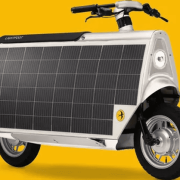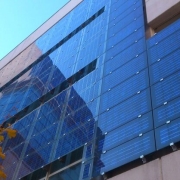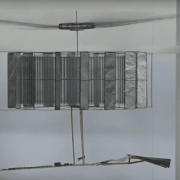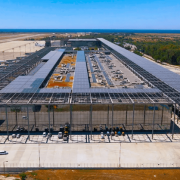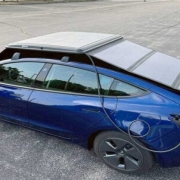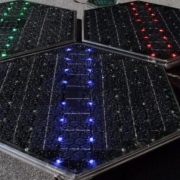Otherlab has announced a new electric scooter called the Lightfoot that can extend its range not by fast charging or quick battery swaps, but by soaking up the sun. The scooter is shrouded in two large solar panels that Otherlab says can extend its range by an extra three miles for every hour it’s left in the sun.
The company, which describes itself as an “independent research & design lab” bringing “new solutions in renewable energy,” is planning to make the Lightfoot available for preorder starting today. It will sell for $4,995 and delivery is expected as early as January, 2025.
Click here to read the full article
Source: The Verge
—
If you have any questions or thoughts about the topic, feel free to contact us here or leave a comment below.

